Stanley Kubrick’s The Shining, now available from Taschen
Stanley Kubrick’s 1980 film of Stephen King’s 1977 novel The Shining is one of the most written about, most celebrated, most loved, most hated, and most misunderstood motion pictures in the history of the medium. Its hypnotic effect is undeniable, and countless books and articles have been written in many languages about its purported hidden meanings and the on-set difficulties that were encountered by the cast and crew on the nearly year-long shooting schedule. One of the film’s biggest fans, Oscar-winning film director and co-author Lee Unkrich and caretaker of www.theoverlookhotel.com, teamed with the late great author J.W. Rinzler on the ultimate book on the making of the film: a 2,200-page tome from Taschen appropriately entitled Stanley Kubrick’s The Shining, now available on the company website, just in time for Jack Nicholson’s 86th birthday. I recently spoke with Mr. Unkrich about the new book, twelve years in the making, and how it came about.
Jonathan Stryker: How did you first hear about Stanley Kubrick’s The Shining?
Lee Unkrich: Honestly, I had no awareness of it until my mom took me to see it. I had no knowledge or understanding of who Stanley Kubrick was. I grew up in Cleveland, Ohio and I may have seen it at the Randall Park Mall. I was 13 and I remember liking it. A few days after I saw the movie, my mom was driving me to summer camp, and we stopped at a gas station. They had a rack of paperback books, and they had the movie tie-in edition of Stephen King’s novel. It had Saul Bass’s yellow and black poster art on the front. I bought it, and I ended up reading it voraciously all summer at camp and beyond. I still have the copy to this day. I think I realized right away that the book was different in a lot of ways than the movie, but for me, it was more of an extension of the film. We got a Betamax at some point, and I had to wait until The Shining came out on video to see it again. I loved both the movie and the book. In the middle of the paperback, there was a collection of black and white film stills from the movie. One of the photos was from a scene that I didn’t remember. It was a shot of Wendy cooking in the kitchen, presumably making the breakfast that she then takes up to Jack who is just waking up. I saw that and I started thinking, wow, if that was a scene that was shot and cut, were there others?
JS: I saw The Shining on ABC-TV in May 1983 and became obsessed with it, too, watching it on home video shortly afterwards. When we went to Florida on vacation in July, I found a used copy of the movie tie-in, and saw the photo of Wendy that you mentioned and wondered what happened to the scene.
LU: Somewhere roughly around the same time, I read that there had been a hospital epilogue that Kubrick had cut out of the film after its limited release. Between those two things, I just started really becoming obsessed with trying to get my hands on a screenplay or any more information about the film. I would say that the idea of trying to track down ostensibly more of the movie that I loved was the beginning of this obsession that built and grew and morphed over the subsequent decades. It was the fact that I couldn’t find anything, frustratingly, because Kubrick held such tight reins over it all. I’d get little tidbits here and there. I found a few crumbs, but it honestly wasn’t until The Stanley Kubrick Archives book by Allison Castle was published by Taschen in 2005 that I had my first glimpse into the fact that there was a lot more material that existed in Kubrick’s own archives. Then subsequently his family established the Kubrick Archive after he passed away. It was when I was on a press tour for Toy Story 3 that I managed to visit the archive for the first time and really got to dive in deep for the first time and get answers to the questions I’d had for decades.
Stanley Kubrick’s The Shining, now available from Taschen
JS: Did The Shining scare you when you saw it?
LU: I don’t think so. It didn’t give me nightmares or anything like that, and I’m an only child. My parents both worked, so I was a latchkey kid. I was home alone a lot. I had a vivid imagination. I liked reading scary things. I liked scaring myself, but then that would extend into bad scaring where I’d be alone and think someone was in the house, or a statue that we had was alive, or all kinds of crazy stuff. My parents fought a lot. They ended up divorcing by the time I was nine, so I knew what it was like to be the child of an unstable marriage. All of that, there were just so many elements to the movie, coupled with its tone and its uncanniness, and how it gets under your skin, that I think it just really wormed its way into me in a way and just never left.
JS: Your new book looks beautiful and vast in scope, covering intimate aspects of the film’s production. It’s a book that could never have been published without the inclusion of the Kubrick family. How involved were they?
LU: They were very involved, and they were amazing. What I had that was the most helpful was Stanley’s daughter, Vivian, who made the documentary on the making of The Shining that has been available on DVD, Blu-ray and 4K Ultra High Definition. She sat Jack and everyone down for interviews around the time the film was completed and I got my hands on the transcripts and those full interviews, including Jack’s, which is like a two-hour interview. That’s the most helpful because he’d just made the movie. He’s young and he remembers everything. I would have loved to have met Jack, of course. I know fully that the book itself wasn’t harmed in any way because he wasn’t involved. It’s just full of him through and through but very thoroughly. We sent him a few copies of the book that just got to his house within the past few weeks. I’m looking forward to hearing his thoughts about it.
JS: Did you talk to Steven Spielberg about The Shining? I know he said he wasn’t crazy about the film the first time he saw it because he felt that Jack was nuts from the word go.
LU: Yes, we spoke multiple times and he wrote the forward. Kubrick was mostly interested in Steven because he was fascinated with how Steven had made such a huge blockbuster in Jaws. He was just constantly peppering him with questions about Jaws and the marketing. If Stanley was talking to you, usually it was because you had some information that he wanted, and that was true for Spielberg as well.
JS: Did you speak at length with Leon Vitali (Stanley Kubrick’s personal assistant)?
LU: I did, yes. I spent a lot of time with Leon. He was extremely helpful to me at many junctures throughout the making of the book. I was, of course, devastated when he died suddenly last summer, that he never got to see the finished book because he was really honestly the person I probably wanted to see it the most. He was just a very sweet, kind man. He had a very complicated relationship with Stanley, but it was loving. I just had enormous respect for him and how he just essentially gave his life over in many ways to Stanley. Then even in the decades after Stanley’s death, he did everything he could to fight the fight and make sure that everything was presented and handled in a way that Stanley would’ve wanted. Sitting down with Leon, especially in showing him photos, because I had hundreds that nobody had seen before, many of them I got from the Danny Lloyd family, it would instantly bring up stories that he probably never would’ve summoned or remembered.
JS: I’ve seen the film well over fifty times, and yet I’m still seeing things that I never noticed!
LU: I know! It’s because we’re in this digital age now where people can do frame grabs and overlay them. If you look at the Colorado lounge set throughout that movie, practically every scene, there are major differences from one scene to the next in terms of how the furniture is laid out, where lamps are, for example. It’s because Stanley didn’t care about continuity because he knew nobody would notice. What he did care about were individual compositions. If a lamp in the background was coming out of someone’s shoulder in a weird way, he’d say, “Get the lamp out of there.” He didn’t care.
JS: What did you stumble across that you had absolutely no idea about, that was revelatory to you?
LU: I saw lots of stuff in the Kubrick Archive that made me think, What the hell is this? An example of that would be, I found all these outtake frames, most of which are reproduced in the book. These are actual compositions, frames from set-ups, from shots and scenes that Kubrick shot that aren’t in the finished film. A lot of them I could figure out from drafts of the screenplay and shooting scripts, shot logs, all that I could figure out. Like the scrapbook, for instance. It used to play a big part in the movie (as it does in the novel). You can see it on Jack’s desk while he’s typing. No reference is made to it in the finished film, but there were lots of scenes about it. There was a whole scene where he found it. There were scenes of him becoming obsessed with it. There was a scene of him showing it to Wendy. There was a scene of him going back and looking at it again after he saw the old woman in room 237. There was a lot of stuff having to do with that. I saw all those frames, and I was able to figure out what they were. Then there were other things as well One in particular, where I never found any reference to it anywhere, nor did I speak to anyone who remembered it. That was when Jack is wandering around the hotel with writer’s block where he’s throwing the tennis ball. He ends up in the lobby of the hotel, and he wanders over to the maze model. There’s a model of the hedge maze in the lobby. He looks down at it, and Kubrick cuts to this weird shot that’s almost like the maze in Jack’s mind. It’s like a maze that’s far bigger and more elaborate than the model sitting on the table in front of him. As you know, he slowly zooms in on that, and you see a tiny little Wendy and Danny walking around in the center of the maze. I found some footage of that same oversized maze model that had been completely redressed to be encrusted with snow. Sitting in the middle of it was a tiny frozen Jack. I found both the head and the tail of that shot. It was a slow zoom. I’m presuming it was a slow zoom-out from frozen Jack. I’m guessing that Kubrick had an idea and intended, possibly after the shot of him frozen in the snow, that he would cut to this God’s eye view of the maze and Jack frozen in it, and just slowly zoom out to reveal him just getting lost in this endless labyrinth before then presumably dissolving through to the hospital epilogue. I talked to Les Tomkins, the man who built that maze model, but he had no memory of the snowy version.
Original 1980 Ad Slick for The Shining
JS: How many people did you interview for the book?
LU: Seventy-two. I spoke with Kelvin Pike at his house, and he has the coffee table from room 237 in his living room. When I was over at Jan Harlan’s house, Jan has a guest bedroom in the bathroom. He did a renovation right around the time they finished The Shining, and so the bathtub in his guest bathroom is the bathtub from room 237.
JS: That’s arguably cinema’s most famous (and peculiar) bathroom.
LU: I talked a lot with Gordon Stainforth who was very helpful to me with the things that he was able to be helpful with, which is Vivian’s documentary and the cutting of music on The Shining, which he ended up doing most of. I met Greg MacGillivray a few times (whose company shot the opening in Montana). He ended up providing a lot of photographs as well for the book. He had a big archive. He went to visit the set twice, and Stanley allowed him to take photos. He had a whole bunch of photos from the second unit shoot, the helicopter stuff at the beginning of the movie. He graciously gave me access to his entire library of mostly slides. Some black and white negatives. It was mostly color slides. Greg is one of two people I spoke to who I really am convinced has a photographic memory. Vivian was very friendly. I spent two whole days with her down in Florida, but she was very selective about what she would talk about. She gave me an amazing artifact, this continuity script that the script supervisor, Joan Randall, had given her at the end of production. I was shocked that she’d entrusted me with it. She popped it in the mail, and it showed up at my office at Pixar. I opened it, and I just about died because it was this amazing working screenplay with notes all over it, and fragments of paper right out of Stanley’s typewriter on the set, taped in, and continuity Polaroids. It was amazing. I remember thinking, Oh my God, it’s such a shame that no one is going to get to see this in its entirety. But, as it worked out, as we figured out what this collector’s edition of the book was going to be, I ended up pitching the idea of doing an exact facsimile of this script and Taschen went forward with it after Vivian gave us approval. Everyone who buys this collector’s edition gets this. Other than it not having actual photos taped and glued into it, it’s an exact replica of that screenplay.
JS: Nice! I read that Vivan had shot roughly 45 to 50 hours on the set during principal photography.
Oscar-Winning Film Director and Co-Author Lee Unkrich
LU: That’s exactly what it is. Yes, 50 hours.
JS: She keeps that close to her vest. She’s not releasing it. Did you see any of this footage beyond the widely available 30-minute documentary?
LU: No. There were little clippings, 16-millimeter clippings of it in the archive, all of which I scanned and used as stills in the book. Jan used some bits of it in his film Stanley Kubrick – A Life in Pictures. There are some bits from The Shining that are not in Vivian’s documentary. The family defers to Vivian on that footage because it was her film. Ultimately, I think Warner Brothers probably owns it, but in terms of the relationship with the family and the estate, everyone defers to Vivian, and she just is very adamant about no one ever seeing it.
JS: I know that a lot of viewers probably felt that Stanley really worked over Shelley Duvall on this film.
LU: Exactly, and nothing could be further from the truth. Was it a difficult shoot? Yes. Did Shelley have to summon hysteria and cry on a daily basis sometimes for a big stretch of the last part of the production? Yes. Was she abused? No, I don’t believe she was abused. When I talk about this, I really try not to have my own opinion, even though I do have my own opinion based on everyone I’ve talked to. At the end of the day, I think that the only person who can really speak on the subject is Shelley. I have interviews with Shelley, and I spent a whole day with her. We talked about this, and Shelley remembers Stanley warmly. Shelley is proud of her work on that film. Shelley will say, “Yes, it was difficult. Yes, it was taxing.” It was a taxing role and she knew what she was getting into in terms of what the role demanded, and she took the part. She’s proud of her work.
JS: I am eagerly looking forward to seeing this book. It looks astonishing. Thank you for all your hard work and dedication for making this a reality.
LU: It was a pleasure. Thank you.
Stanley Kubrick’s The Shining is available for purchase here from Taschen’s website.


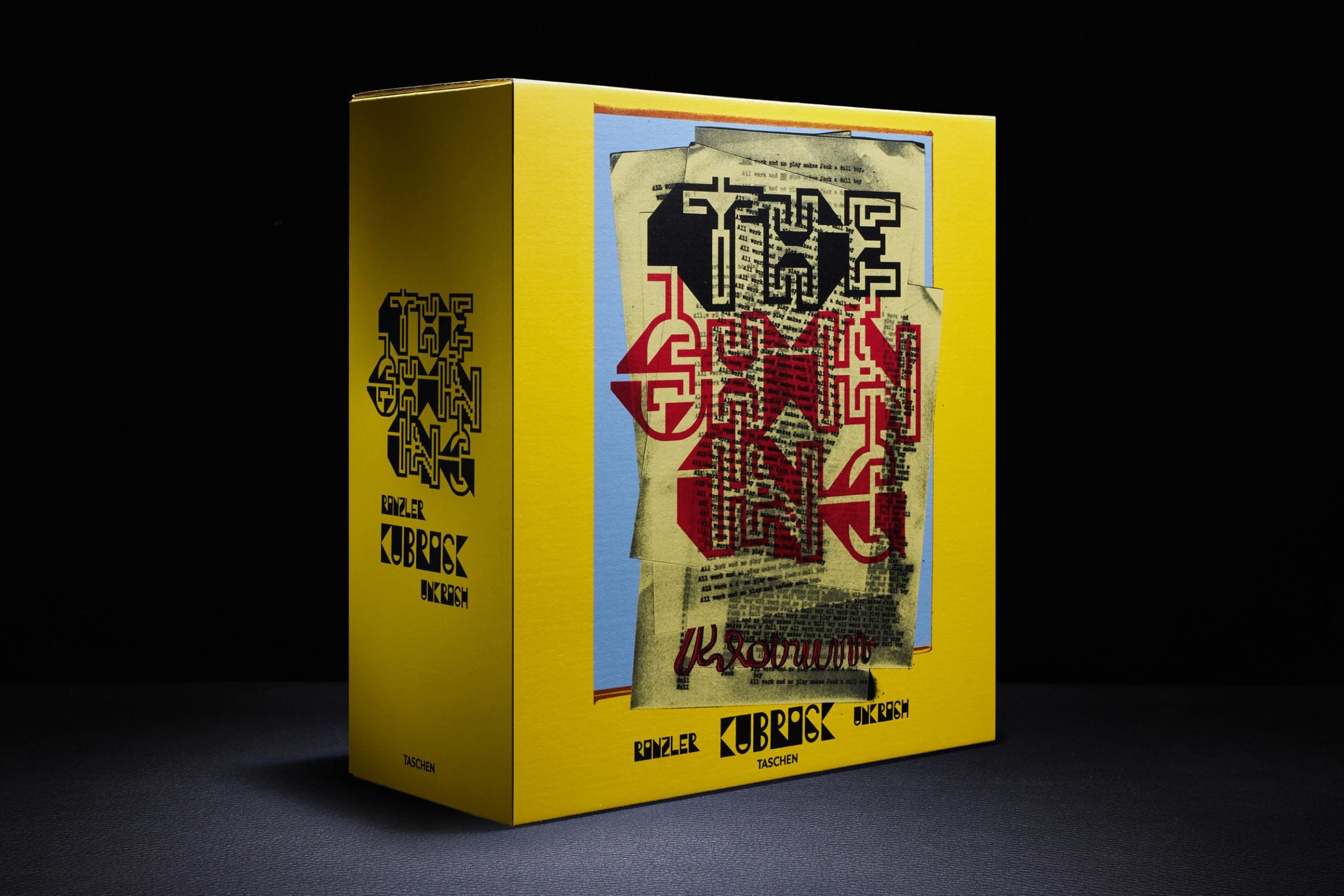
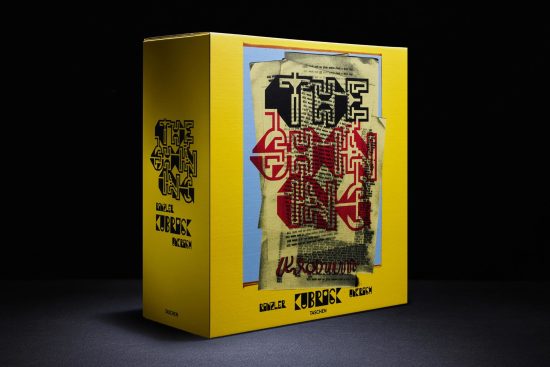
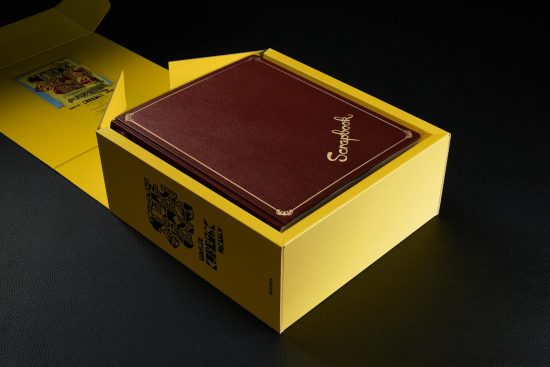
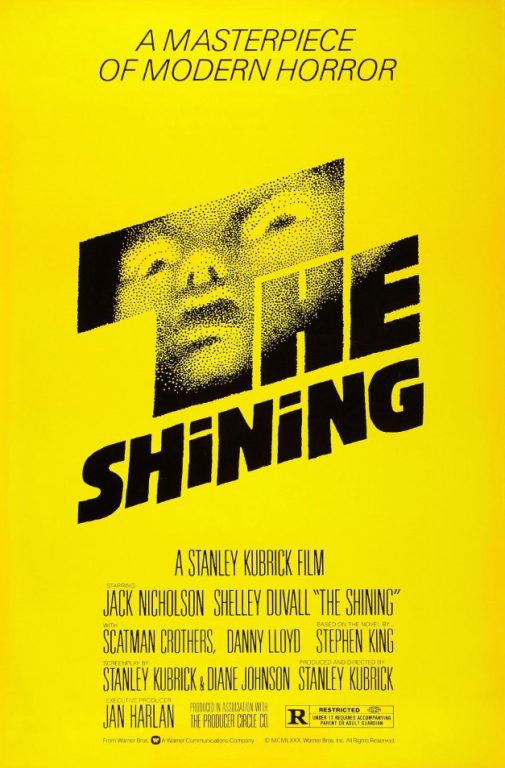
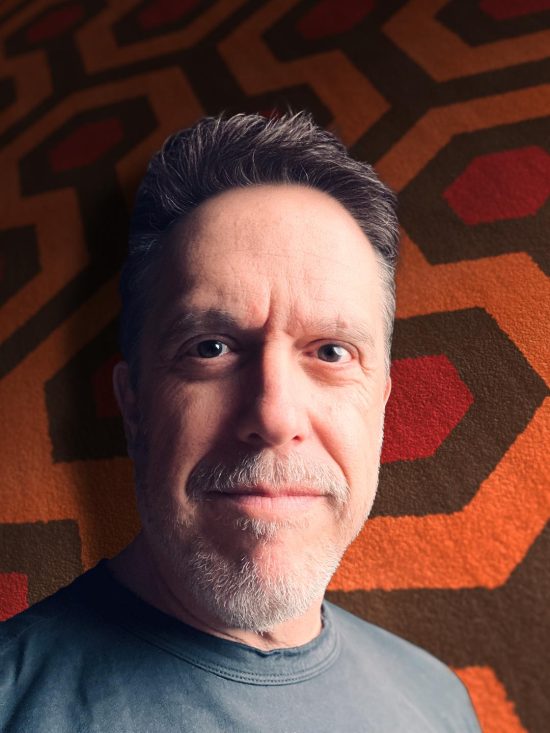


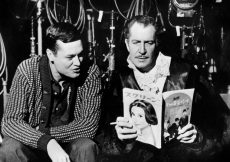
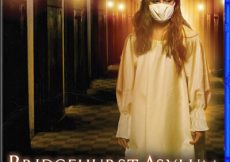
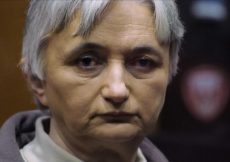
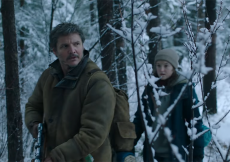
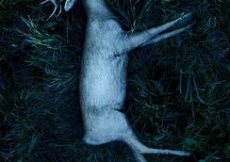

















:quality(85):upscale()/2023/05/11/976/n/1922564/782262e2645d6b967847b4.74342194_.png)








